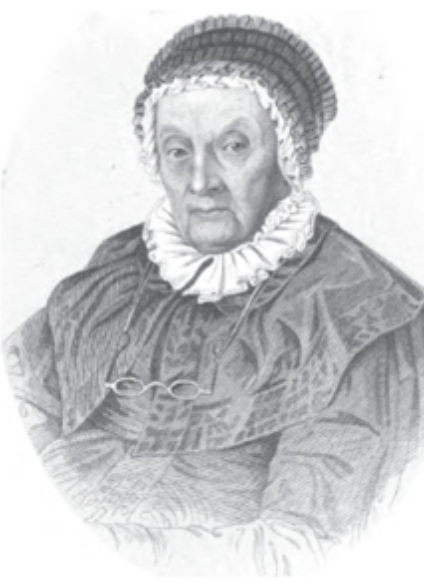Since ancient times, there are records of women scholars in the field of astronomy. Perhaps the oldest record of all is that of Enheduana, a priestess who lived in Babylon around 2354 BC, to whom we owe the earliest known calendars. Another of the most significant figures of antiquity is Aglaonice of Thessaly (Greece, 2nd century BC), who predicted eclipses, and Hypatia of Alexandria in the 4th century BC. He is credited with the invention of the astrolabe, sky charts and a planisphere. During the 17th and 18th centuries, we find many women dedicated to astronomy, such as Maria Cunitz (1604 - 1664), who wrote "Urania Propitia", which were like the "Rudolphine Tables" but new and simplified, more precise and easier to use, or Maria Wilckelmann Kirch (Germany, 1670 - 1720) who discovered a comet in 1708, but it was attributed to her husband. Similarly Caroline Herschel (Germany, 1750 - 1848), discovered 17 nebulae and eight comets. Caroline Herschel and the Scotswoman Mary Somerville collaborated regularly and were accepted in the same year into the astronomical society of the time.
In the 19th century, figures such as Maria or Mariel Mitchell (1818 - 1889), who discovered a comet named after her, appeared. Williaminna Fleming (1857 - 1911), who discovered white dwarfs, 10 novae, 52 nebulae and hundreds of variable stars. Or Annie Jump Cannon (1863 - 1941) who created the spectral classification system for stars. Despite women's contributions to astronomy, until well into the 1950s, it was very difficult for women to devote themselves professionally to this branch of science. Perhaps the most paradigmatic example is that of Jocelyn Bell (1943 -), discoverer of pulsars, who missed out on the Nobel Prize in physics for this discovery, which was awarded to her thesis supervisor.
